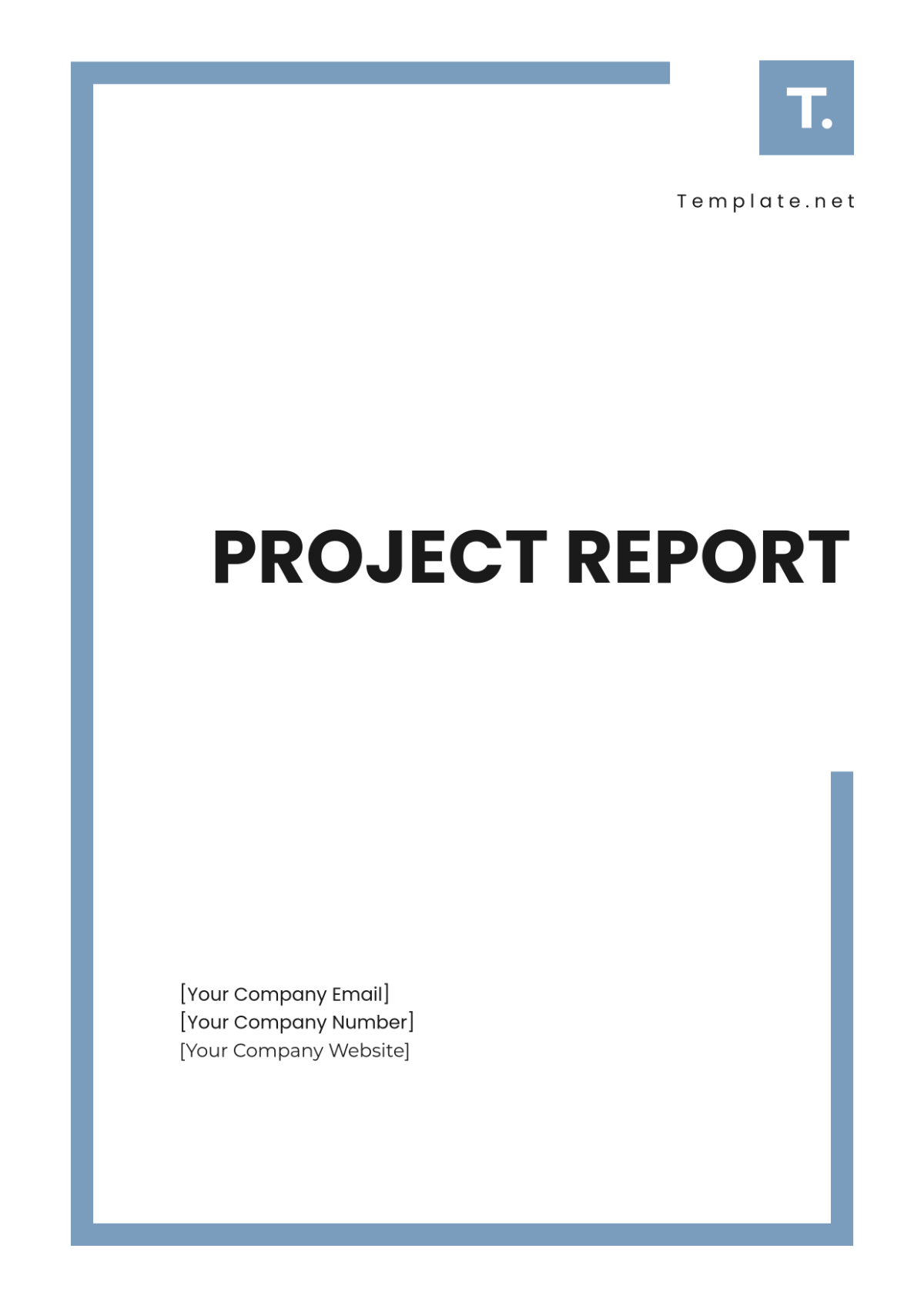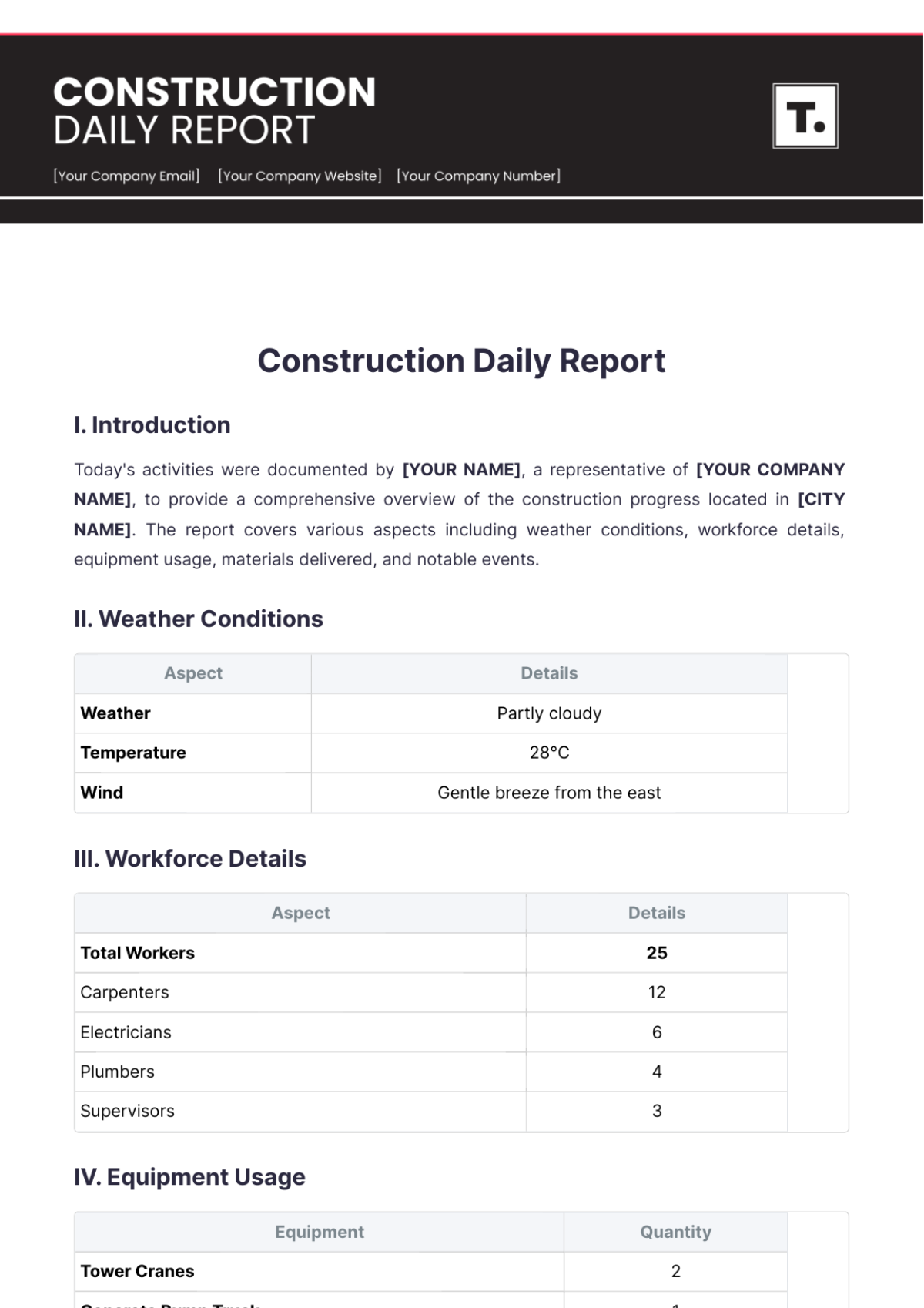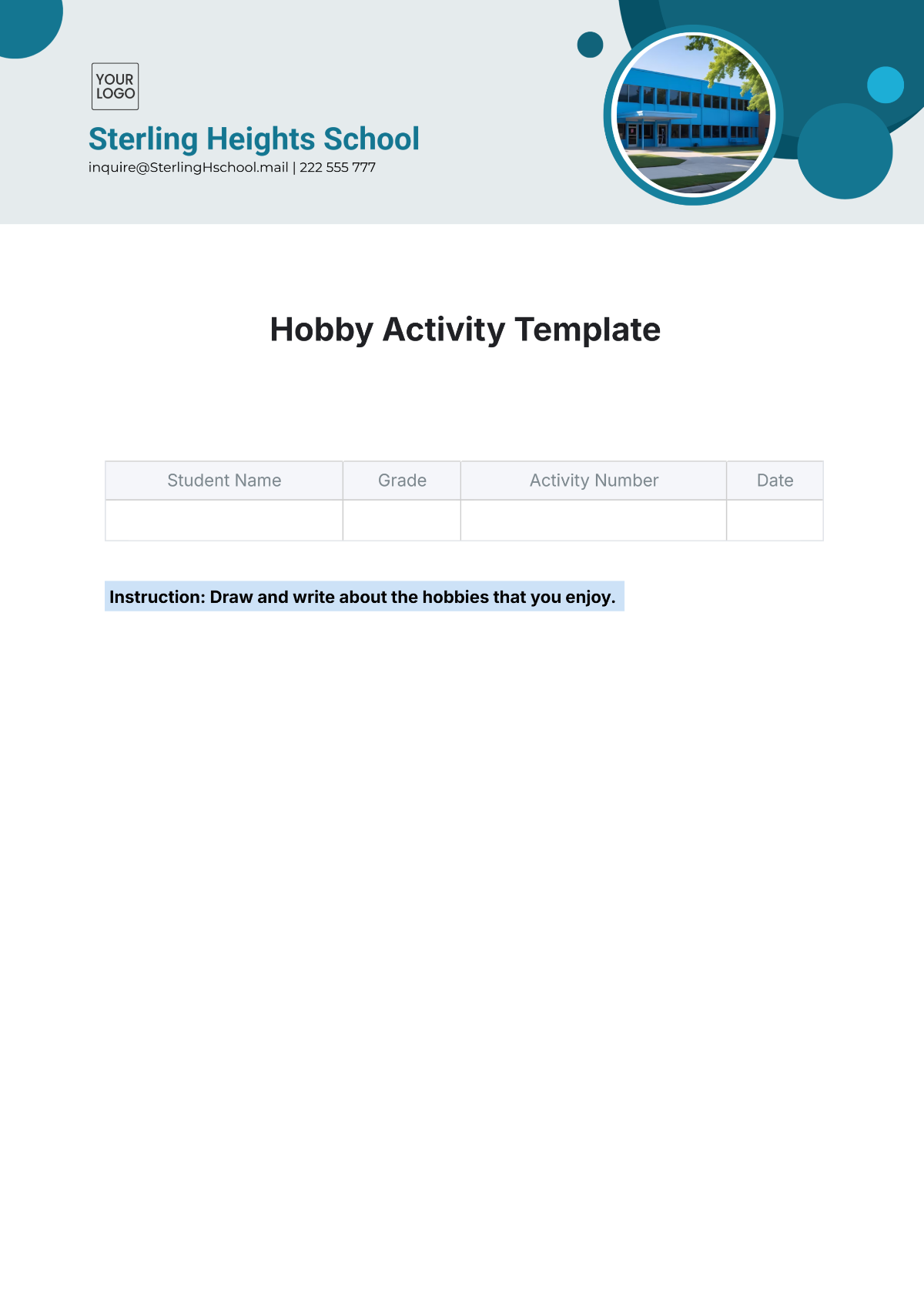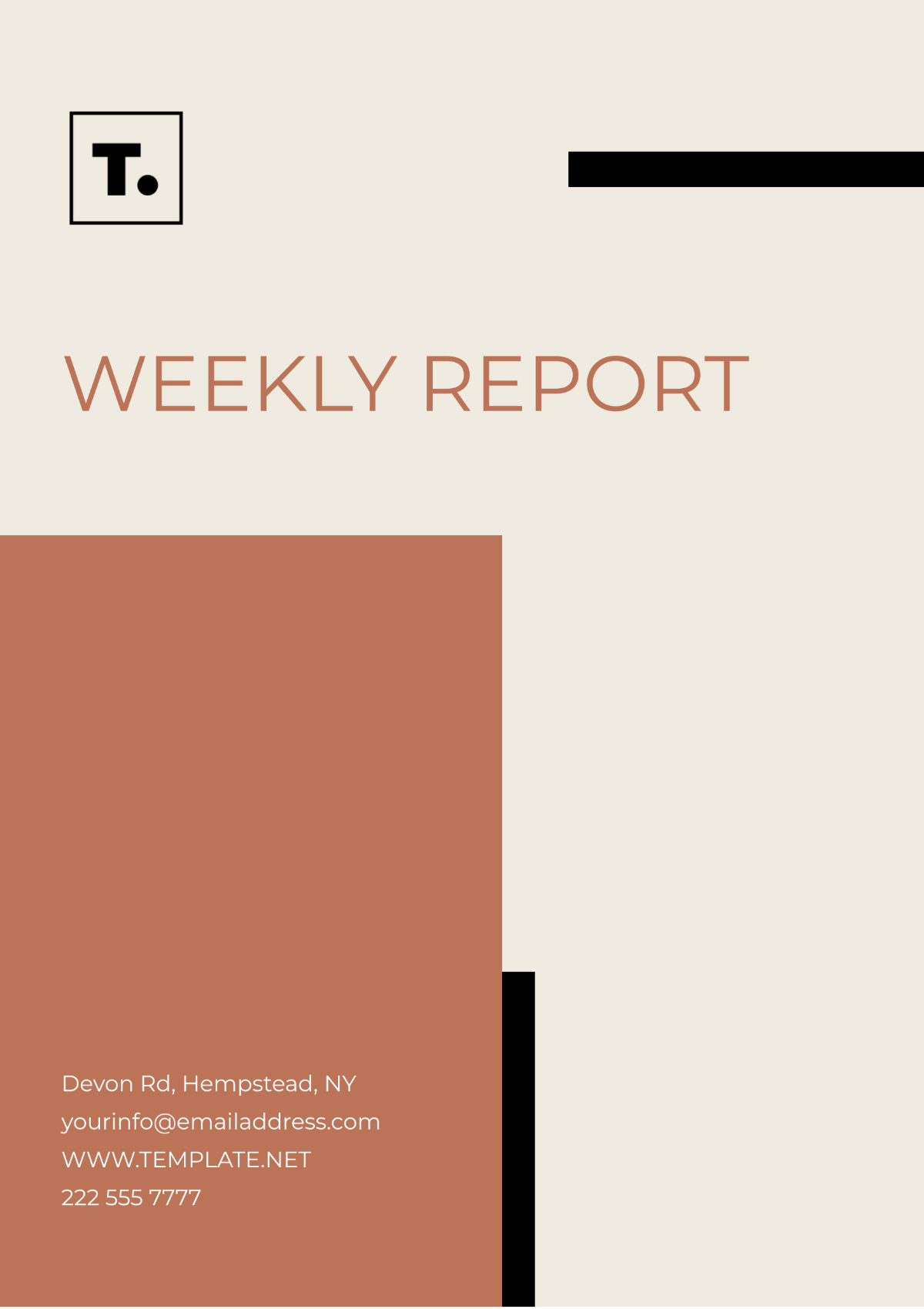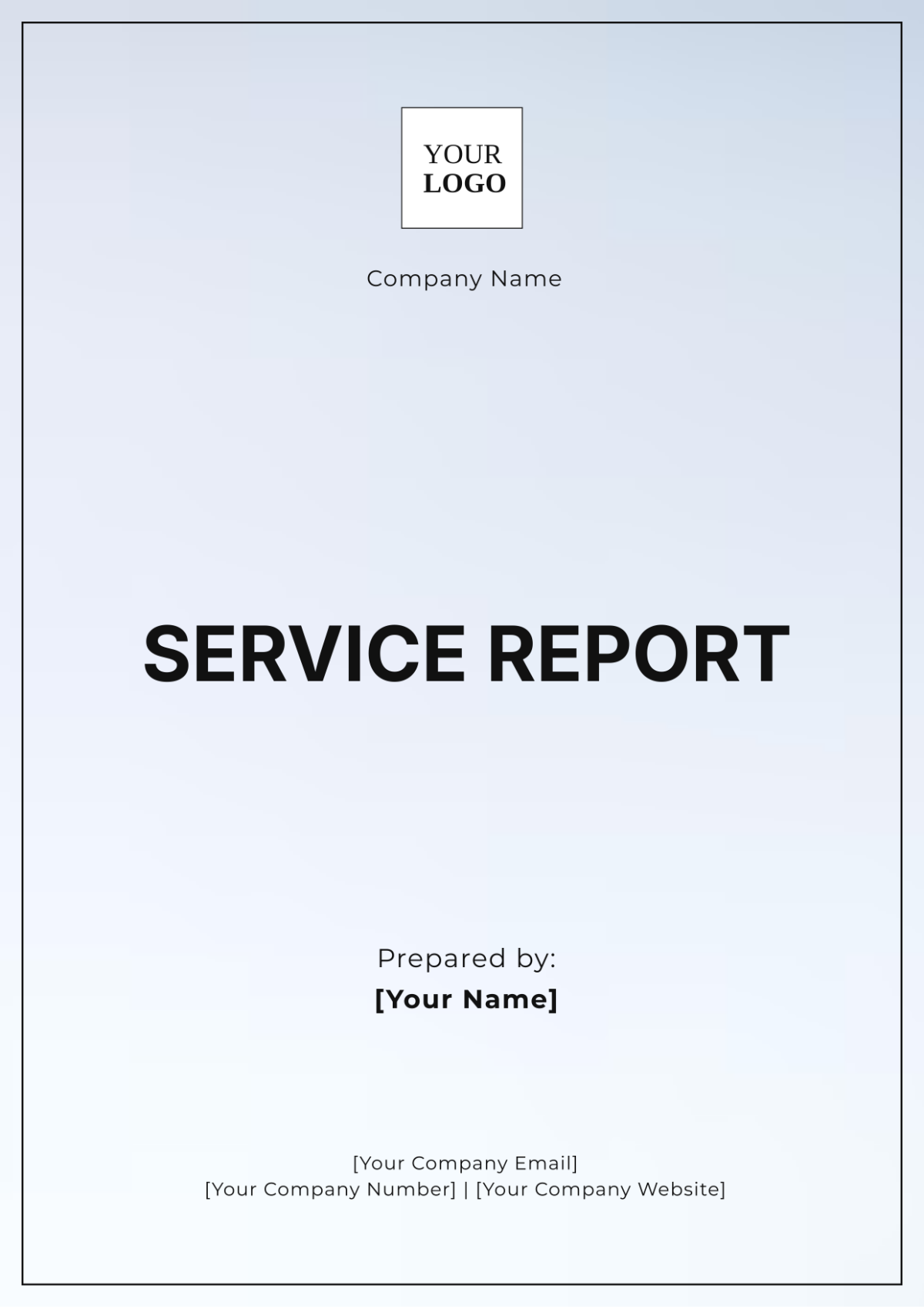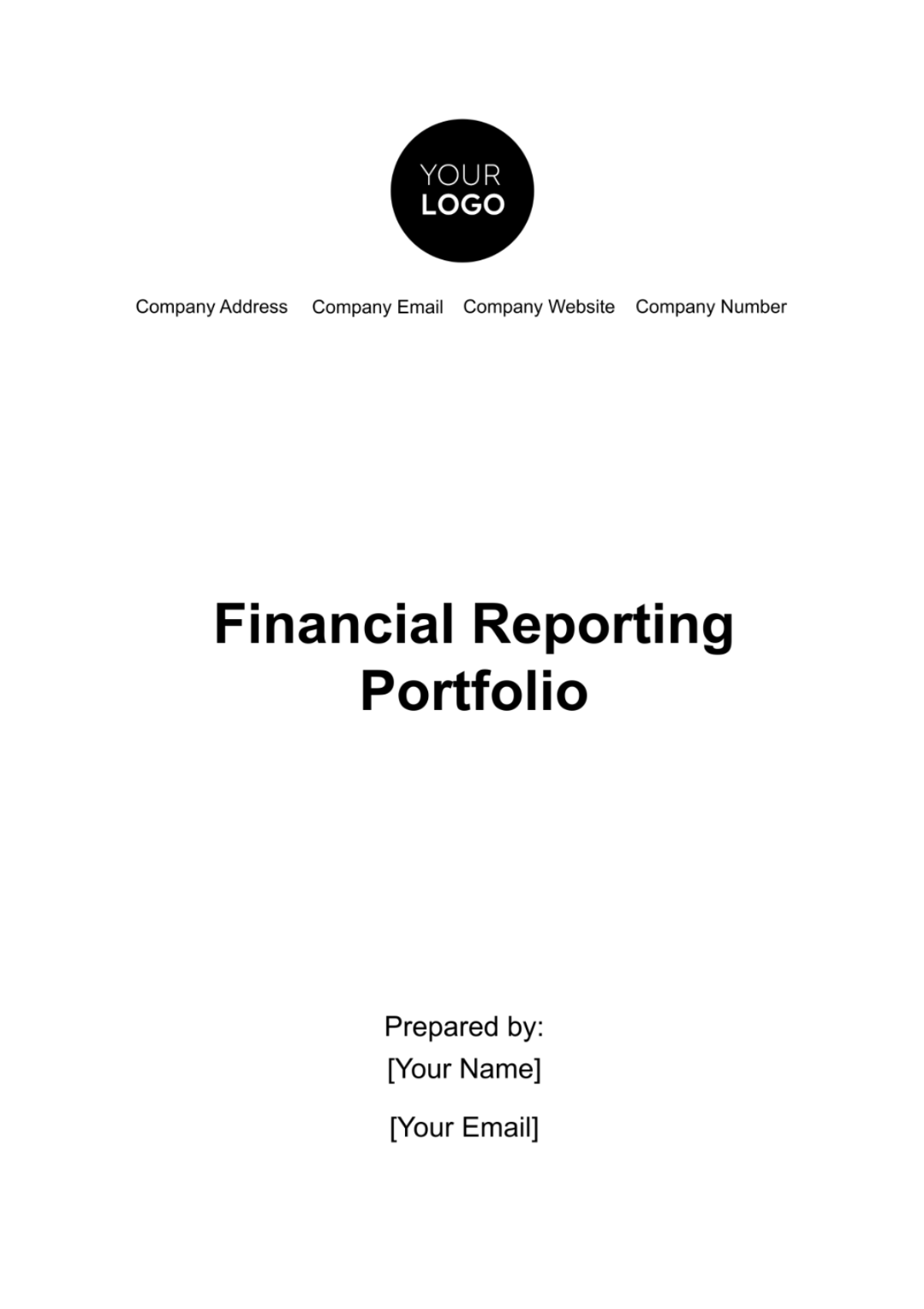Free E-Commerce Analytics Report Template
E-Commerce Analytics Report
I. Executive Summary
A. Purpose of the Report
This report aims to evaluate the operational and strategic performance of [Your Company Name] in October 2050. It consolidates data across marketing, sales, and technical metrics to identify growth opportunities and resolve challenges. The goal is to provide actionable insights that will inform future campaigns, improve customer retention, and maximize revenue.
B. Key Findings and Highlights
Revenue grew by [00]% compared to the previous month, driven primarily by increased sales in the Electronics category. Organic search traffic remained the largest source of website visits, contributing [00]% of total traffic, while social media emerged as a strong driver of engagement. The cart abandonment rate, however, remains a key issue, highlighting the need for checkout process optimization.
C. Summary of Recommendations
Improving the mobile checkout experience is critical to capturing the [00]% of traffic coming from mobile users. Continued investment in email marketing and personalized offers will help sustain the current sales momentum. Addressing customer pain points, such as shipping delays, will be essential to boosting customer satisfaction and retention.
II. Business Performance Overview
A. Total Revenue
Total revenue growth for October 2050 showed strong momentum, with $[00] compared to $[00] in September. The revenue spike was largely driven by holiday promotions and higher engagement in Electronics and Home Appliances. The consistent upward trend highlights effective marketing strategies and improved repeat customer activity.
Month | Total Revenue | Growth Rate | Top-Selling Category | Contribution |
|---|---|---|---|---|
September 2050 | $50,000 | - | Electronics | 40% |
October 2050 |
B. Conversion Rate
The overall site conversion rate of [00]% represents a [00]% increase compared to the previous month. Desktop users had the highest conversion rate at [00]%, likely due to a better browsing and checkout experience. Mobile users, despite accounting for the majority of traffic, had a lower conversion rate, revealing friction points.
Platform | Traffic Share | Conversion Rate | Improvement Needed |
|---|---|---|---|
Desktop | 40% | 4.8% | Minimal |
Mobile | |||
Tablet |
C. Average Order Value (AOV)
The AOV of $[00] indicates stable customer spending habits, with Home Appliances outperforming other categories. Discount promotions on bundled products helped boost AOV in Home Appliances, while Electronics maintained consistent sales due to high-ticket items. Clothing showed potential for bundling strategies to increase its relatively low AOV.
Category | AOV | Strategy for Growth |
|---|---|---|
Electronics | $85.00 | Cross-Sell Accessories |
Home Appliances | ||
Clothing |
D. Customer Retention
Repeat purchases made up [00]% of total transactions, a slight increase from the prior month. Loyalty program participation contributed significantly, with members spending [00]% more than non-members. Initiatives such as personalized emails and exclusive member rewards drove retention rates.
Metric | Value | Notes |
|---|---|---|
Repeat Purchase Rate | 25% | +2% |
Churn Rate | ||
Loyalty Member Spend |
III. Website Traffic and User Behavior
A. Total Traffic
October saw a total of 100,000 visits, with unique visitors making up [00]% of traffic. Traffic peaked during the Halloween promotion, specifically October 29–31. Returning visitors accounted for [00]% of traffic, demonstrating moderate brand loyalty.
Metric | Value | Notes |
|---|---|---|
Total Visits | 100,000 | Includes repeated visits |
Unique Visitors | ||
Returning Visitors |
B. Traffic Sources
Organic search led with [00]% of total traffic, supported by high search rankings for targeted keywords. Paid ads drove [00]% of traffic and contributed significantly during the Halloween campaign. Social media, at [00]%, showed growing potential for engaging younger audiences.
Source | Traffic Share | Conversion Rate | Key Performance Insight |
|---|---|---|---|
Organic Search | 40% | 4% | High-ranking keywords critical |
Paid Ads | |||
Social Media |
C. On-Site Behavior
On-site behavior showed positive engagement, with users visiting an average of 4.2 pages per session. Product pages accounted for the majority of engagement, indicating interest in detailed information. The bounce rate of [00]% highlights room for improvement on landing pages.
Metric | Value | Notes |
|---|---|---|
Pages Per Session | 4.2 | Enhance navigation |
Average Session Duration | ||
Bounce Rate |
D. Exit and Drop-Off Points
The shipping options page had the highest drop-off rate, accounting for [00]% of abandoned sessions. Checkout abandonment remained high at [00]%, indicating friction in the payment process. Improvements like simplifying the checkout flow and offering more payment methods could significantly reduce these drop-offs.
Exit Page | Drop-Off Rate | Key Issue Identified |
|---|---|---|
Shipping Options Page | 30% | Lack of clarity on fees |
Payment Gateway |
IV. Sales and Product Performance
A. Sales by Product Category
Electronics led sales with $[00] in revenue, driven by high customer demand and effective marketing. Home Appliances followed with $[00], boosted by bundled discounts on premium items. Clothing, while contributing $[00], showed potential for further growth through targeted promotions and influencer partnerships.
Category | Sales ($) | Share (%) | Growth Opportunity |
|---|---|---|---|
Electronics | $25,000 | 43% | Accessory Bundles |
Home Appliances | |||
Clothing |
B. Seasonal Sales Analysis
Halloween promotions generated $[00] in revenue, underscoring the importance of seasonal marketing. Flash sales on October 30–31 drove a [00]% spike in daily revenue. The data suggests that future holiday campaigns could focus on extending promotion durations to maximize impact.
Promotion Period | Revenue ($) | Contribution (%) | Note |
|---|---|---|---|
Halloween (Oct 25-31) | $12,000 | 20% | Short but impactful campaign |
C. Revenue by Customer Segment
The United States contributed [00]% of total revenue, highlighting its position as the core market. Canada accounted for [00]%, with an opportunity to expand through localized promotions. Revenue from other regions ([00]%) suggests untapped potential in international markets.
D. Average Revenue Per Customer
The Average Revenue Per Customer (ARPC) amounted to $[00], indicating a slight increase compared to the preceding month. Categories with high value, such as Electronics and Home Appliances, played a substantial role in boosting this metric significantly. Furthermore, initiatives such as upselling accessories have the potential to further enhance the ARPC.
V. Marketing Campaign Performance
A. Paid Advertising
The paid advertising campaigns managed to achieve a click-through rate of 3.5 percent, which indicates that the advertisements were well-targeted to the intended audience. The average cost per click was $[00], demonstrating a commitment to maintaining cost efficiency across various marketing channels. Additionally, with a return on ad spend of four times the initial investment, these paid advertisements generated $[00] in sales, making them one of the most effective marketing investments available.
Metric | Value | Notes |
|---|---|---|
CTR | 3.5% | Above industry benchmark |
CPC | ||
ROAS |
B. Email Marketing
Email campaigns reached [00]% open rates, with a [00]% click rate that drove traffic to high-converting landing pages. Conversion rates from email were [00]%, yielding a strong ROI. Personalized subject lines and exclusive offers contributed to higher engagement rates.
Metric | Value | Notes |
|---|---|---|
Open Rate | 25% | Strong performance |
Click Rate |
C. Social Media Campaigns
Social media contributed $[00] in sales, with Instagram leading at [00]% of this figure. Carousel ads featuring Halloween deals performed best, generating significant engagement. TikTok showed promise as a rising platform, attracting younger audiences to the site.
Metric | Value | Notes |
|---|---|---|
$7,700 | Carousel Ads | |
TikTok |
D. Affiliate Marketing
Revenue from affiliate partnerships reached a total of $[00], with the majority of this amount being generated by influencers who focus on technology-related content. The conversion rate for affiliate sales averaged at [00]%, aligning well with the standard rates observed across the industry. By further broadening and enhancing the affiliate network, there is potential to achieve even greater growth in revenue.
VI. Customer Insights
A. Customer Lifetime Value (CLV)
The CLV was calculated at $[00], indicating strong profitability from repeat customers. Loyalty program members showed a [00]% higher CLV than non-members. Offering additional incentives, such as early access to sales, could further enhance customer lifetime value.
Customer Type | CLV ($) | Improvement Area |
|---|---|---|
Loyalty Members | $300 | Expand benefits |
Non-Members |
B. Customer Acquisition Cost (CAC)
The Customer Acquisition Cost (CAC) was measured at fifty dollars, underscoring the effectiveness and efficiency of the recent marketing campaigns implemented by the company. Among the various strategies utilized, paid advertisements and email marketing campaigns demonstrated the lowest Customer Acquisition Cost, surpassing the performance of social media channels in this regard. Moving forward, it will be crucial to find an equilibrium between managing acquisition costs and enhancing customer retention strategies to ensure continued and sustainable growth for the business.
C. Customer Feedback Analysis
Customer reviews often commended the quality of the product and the competitive pricing. However, there were frequent grievances among customers regarding delays in shipping and the inconsistent availability of certain items. By addressing these particular issues, the company can enhance overall customer satisfaction and diminish the likelihood of customers discontinuing their patronage.
D. Net Promoter Score (NPS)
The Net Promoter Score, commonly referred to as the NPS score, achieved a value of 70, indicating that the customer base was extremely satisfied with their overall experience. Customers categorized as promoters frequently praised the company for providing smooth transaction processes and high-quality products. By speeding up delivery processes, the company can turn detractors into promoters.
VII. Technical Performance
A. Site Speed and Performance Metrics
Desktop load times averaged 2.5 seconds, while mobile averaged 3.8 seconds, slightly above industry benchmarks. Optimizing mobile page speed can enhance the user experience for the majority of visitors. Pages with high-resolution images contributed to slower loading times.
Device | Load Time (s) | Priority Improvement Area |
|---|---|---|
Desktop | 2.5 | Minimal |
Mobile |
B. Site Errors
A total of fifteen instances of 404 errors were documented, with these often being associated with outdated links to products. Meanwhile, checkout errors impacted three percent of users, mainly because of issues related to the payment gateway. To avoid such technical difficulties, it is necessary to conduct regular audits and perform updates on the system.
C. Device and Browser Insights
Mobile users accounted for [00]% of the total website traffic; however, the rate at which these mobile users completed desired actions, such as making a purchase or signing up for a service, was lower compared to users accessing the site from desktop computers. Google Chrome was the most popular browser among visitors, followed by Apple Safari. Ensuring compatibility across all browsers remains crucial for a seamless user experience.
VIII. Trends and Insights
A. Emerging Trends in Customer Behavior
Customers increasingly prefer mobile shopping, with visits from mobile devices rising [00]% from the previous month. There’s also a noticeable shift toward voice search for product queries. Sustainability-focused messaging resonates with a growing segment of eco-conscious buyers.
B. Shifts in Traffic or Sales Sources
Email campaigns outperformed paid ads in driving conversions for the first time this year. Social media referrals grew by [00]%, suggesting greater engagement from younger audiences. Organic search traffic declined slightly, pointing to a need for refreshed SEO efforts.
C. Impact of External Factors
Competitor discounting during Halloween drove price-sensitive customers away temporarily. Seasonal interest in home decor and appliances peaked due to the holiday season. Rising shipping costs affected profit margins slightly, highlighting the need for strategic partnerships with carriers.
IX. Recommendations and Action Plan
A. Short-Term Recommendations
To address immediate concerns, optimize the mobile checkout process to reduce cart abandonment by streamlining payment options and simplifying the interface. Launch a follow-up email campaign targeting users who abandoned their carts, offering limited-time discounts to encourage conversions. Increase ad spend on top-performing platforms, like Instagram and Google Ads, to capitalize on high-performing campaigns during the upcoming holiday season. Additionally, improve landing page relevance by aligning content more closely with paid ad messaging to lower the bounce rate and improve conversion rates.
B. Long-Term Recommendations
Invest in upgrading the website’s technical infrastructure, focusing on mobile site speed and responsiveness to improve overall user experience. Expand loyalty program incentives, such as exclusive early access to sales and higher rewards for frequent purchases, to further increase customer retention and lifetime value. Conduct an in-depth SEO audit to identify new opportunities for organic growth, such as targeting untapped keywords and improving product page rankings. Finally, diversify the product catalog to include trending items based on seasonal and customer preferences, ensuring inventory remains aligned with market demands.
C. Action Plan and Timeline
In the next 30 days, prioritize immediate actions such as launching abandoned cart recovery emails, improving mobile checkout, and refining ad campaigns. Over the next 60–90 days, focus on enhancing website performance, conducting a detailed SEO audit, and expanding loyalty rewards to ensure sustainable growth. By Q2 of 2051, introduce new product lines based on market analysis, and establish partnerships with eco-friendly suppliers to align with consumer trends. Regular performance reviews will be conducted monthly to monitor progress and adjust strategies as needed, ensuring all objectives are met efficiently.

